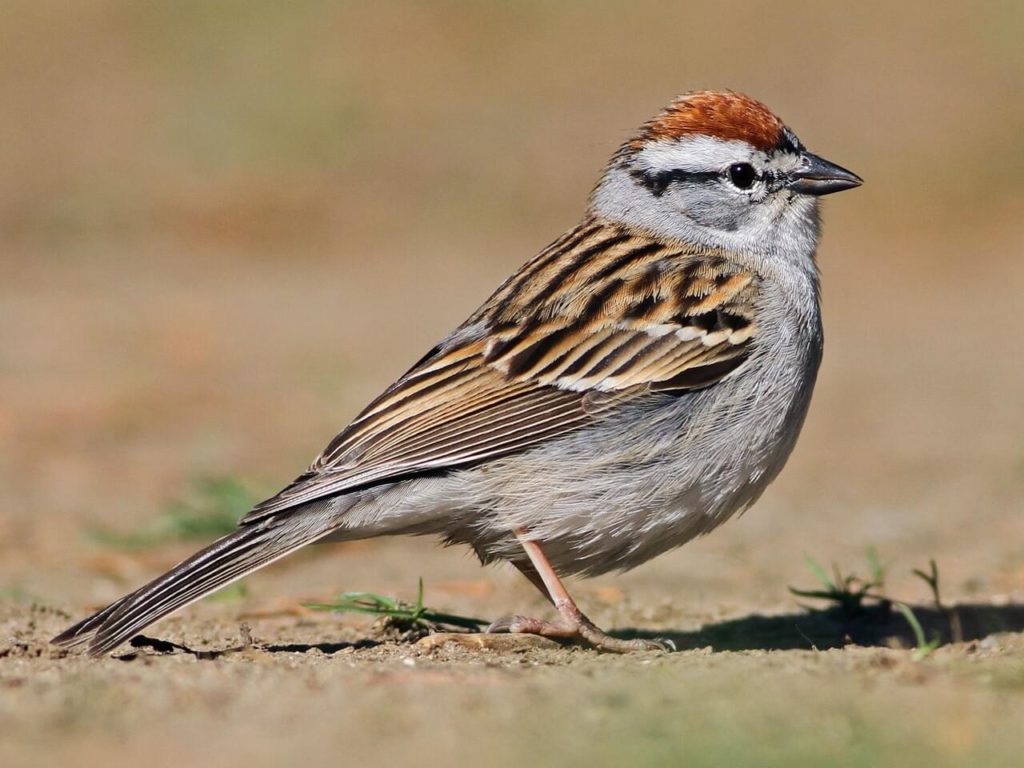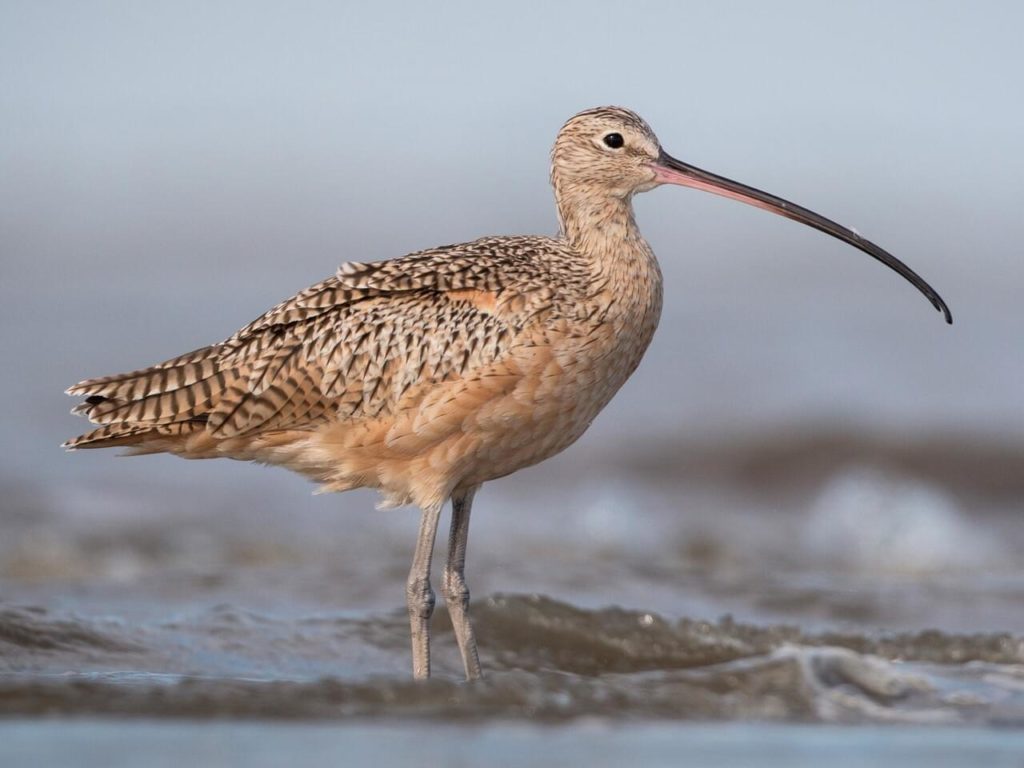Nature Mapping Enews – April 4, 2022 – Written by Frances Clark
“I saw my first robin!” “I saw bluebirds!” “Did you hear the sandhill cranes the other day?” “No, but I heard meadowlarks up in Antelope Flats.” “The bears are out.” “Have you seen an osprey?” “Not yet, should be here soon though.”
As March melts into April, Nature Mappers are excited for spring: we have new critters to see and hear. This is the time of year we encourage Nature Mappers to enter First of the Year sightings or FOYs. Your entries help us measure the natural pulse of spring. Some years, critters appear earlier, other years later, and some species reappear within days of the same date year after year. Your entries help track these annual variations. And if you don’t have the first sighting for the valley, you may well have the first in your area or the first for you! When you see these fresh arrivals, type “FOY” in the notes box of the data form to highlight your finding. Below are some species to look for: with the earliest dates recorded between 2010 and 2022 in parentheses and earliest dates for April.
First of the Year sightings can be migrating birds or emerging or transient mammals. Stimulated by longer days, warmth, and the evolutionary coincidence of food, critters large and small mobilize. Midges, flies, and true bugs begin to crawl and fly and become sources of protein for birds. Red-winged Blackbirds and Mountain Bluebirds arrive in the valley in March. In April, Tree (4.8.14) and Violet-green Swallows (4.17.19) swoop overhead through fresh insect hatches. With more warmth (and insects), Yellow-rumped Warblers (3.4.19, 4.23.12), Vesper (3.24.12), Savannah (4.17.14), Chipping (4.21.15), and Lincoln’s (3.29.16, 4.9.19) Sparrows show up in their various habitats. Warmer soils enable worms and the like to wriggle closer to the surface…within reach of probing beaks of American Robins, Long-billed Curlews (4.9.20), and White-faced Ibis (4.22.14).

As wetlands and ponds thaw, a variety of waterfowl are on display. American Wigeon (3.20.15), American Coot (1.6.15, 2.6.22, 4.3.18), Cinnamon Teal (3.28.21, 4.4.17), Blue-winged Teal (4.12.14), and Wood Duck (3.23.16, 4.3.16) are in elegant breeding plumage. A flotilla of magnificent American White Pelicans (3.30.19, 4.7.19) may be spied on the Snake River, with a Spotted Sandpiper pecking amidst the stones (3.22.12, 4.22.16). Near by, the more ordinary granivores such as Brown-headed Cowbird (4.15.10) and Brewer’s Blackbirds (4.19.16) may flock in among Common Grackles (4.19.16), picking up old seeds and new bugs. Listen for the raucous calls of Yellow-headed Blackbirds (3.16.12, 4.9.15) in marshes and skulking Sora (4.10.15).
Favorites to spot or hear include mammals and amphibians. Uinta ground squirrels should be emerging from their burrows. They went down last August (last of year observations – LOY) for the long winter, and are one of the earliest hibernating rodents to reappear (3.12.17, 4.1.21). Keep an ear out for their high-pitched whistle and then look for scampering. They emerge in time to feed coyote pups and summering Red-tailed Hawks. Least chipmunks will pop up as well (3.23.12, 4.1.14). We all thrill at the trill of boreal chorus frogs (3.7.17, 4.2.16) in neighborhood ponds and floodplain pools. “Cold-blooded” or technically ectothermic amphibians are a true indication of warming weather. Wandering gartersnakes gain mobility from basking in the sun. Amphibians and snakes are an under-reported prize for Nature Mappers.

Also, it is exciting to watch the world-renowned seasonal migrations of ungulates. When do the Wapiti begin to surf the green wave: moving by the thousands from the National Elk Refuge in sequence with the greening grass? Fresh forage provides essential calories and nutrition for females with soon-to-be-born calves. Hundreds of Pronghorn will arrive along the Path of the Pronghorn originating by Pinedale and weaving through the Gros Ventre into Jackson Hole toward the end of April. And where do the buffalo roam throughout the valley?
Some people consider April to be the off-season in Jackson. Nature Mappers know it is in fact the on-season for wildlife. Enjoy entering your sightings that help us understand and protect these wonders of our valley.
Frances Clark
P.S. Curious what others have seen when? Or when the main flush of arrivals is so you can plan accordingly? On our main entry page, on the left-hand side click on “all observations”. This will produce the list of all observations. You can filter by group and species by typing them into the box, and click on date for latest or earliest.
